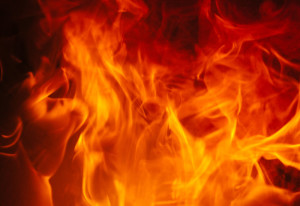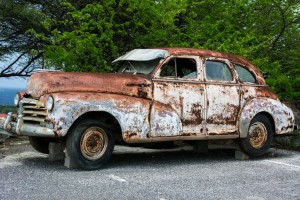Welcome back to ‘Waste Wednesday’ – this weeks post will be covering the basics of defining hazardous waste and hazardous waste disposal. There is a whole world of information out there on the world wide web so we’ve attempted to take the best bits and break it down to a more digestible post.
Environmental Permitting for Waste
Waste recovery and disposal requires a permit under EU legislation with the main aim of preventing harm to human health and the environment. The legislation regarding this also allows member states to provide for exemptions from the need for a permit, providing general rules are set out for every exempt activity. The operation must also be registered with the relevant registration authority. The Government have given effect to the EU requirements through the Environmental Permitting (England and Wales) Regulations 2010.
Strategy for Hazardous Waste Management in England
The Strategy for hazardous waste management in England 2010 sets out the principles for the management of hazardous waste and aids the producers of such waste make the correct decisions in regards to their waste. It also helps identify the available treatment facilities.
Hazardous Waste Regulations
If managed incorrectly, hazardous waste can cause great harm to not only the environment, but also to human health. Strict controls are used from the moment of production, throughout movement, management and recovery/ disposal.
Hazardous waste accounts only for a small percentage of total waste, approximately 3% in 2008. However, the amounts produced are still a significant 4.8 million tonnes (2008). The national policy on hazardous waste is a significant infrastructure needed to protect human health and the environment and to allow the management of waste in a more sustainable way. This includes recycling and recovering waste where possible.
Typical characteristics of waste determined as hazardous are:
- Flammable
- Reactive
- Corrosive
- Toxic
Hazardous household waste includes:
- Paints and solvents

- Motor Oil, Antifreeze and other automotive waste
- Mercury including thermometers, switches, fluorescent lighting
- Computers, TVs, mobile phones and other electronics
- Aerosols and propane cylinders
- Cleaning agents/ caustics

- Batteries including lithium, nickel cadmium and button cell batteries
- Ammunition
- Radioactive waste – some home smoke detectors contain isotope of americium
Not sure if your waste is hazardous?
Many wastes are newly classified as hazardous meaning some companies have now found themselves dealing with hazardous consignments for the first time. As of 16th July 2004 the disposal of hazardous waste combined with non-hazardous waste at the same landfill sites was banned and on the same day the following year, the Waste Acceptance Criteria was put in place. Waste producers are required by law to make sure that their waste meets the WAC.
Useful Links:
We know how confusing the topic of hazardous waste can be and we hope this post has been helpful. If you require further information or advice on this issue here are a number of useful links:
Gov.uk – Reducing and managing waste
Strategy for Hazardous Waste Management in England
Gov.uk – How to Classify Different Types of Waste